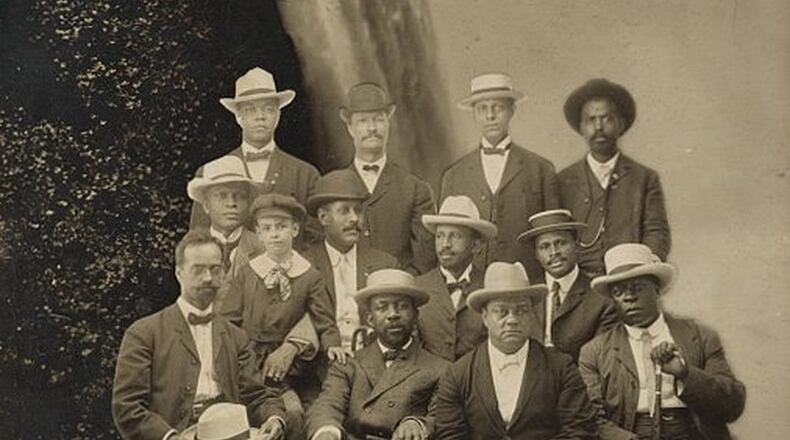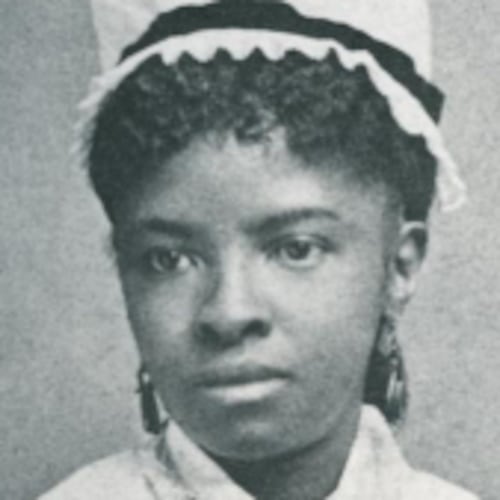Before the NAACP, there was the Niagara Movement.
The first few years of the 20th century were bleak for the anxious members of the civil rights movement.
It was a rocky post-Reconstruction era, with the Supreme Court’s “separate but equal” decision of Plessy v. Ferguson and the accommodationist views of Booker T. Washington, with his “Atlanta Compromise” speech that advocated education to combat oppressive Jim Crow laws.
The Niagara Movement, led in part by W.E.B. Du Bois, brought together 29 black men from as far west as Kansas and as far south as Georgia to the Canadian side of Niagara Falls on July 11, 1905. The location was meant to represent the “mighty current” of protest the group planned to unleash.
The organization distributed pamphlets, lobbied against Jim Crow, and sent protest letters to President Theodore Roosevelt about racial prejudice throughout the country.
The group convened again 13 months later — from Aug. 15-19, 1906 — at Harpers Ferry, West Virginia.
That site was chosen because of its connection to abolitionist John Brown, who occupied the armory there with a small group of supporters in a raid that drew troops from Maryland, Virginia and the District of Columbia to defeat them. Brown believed arming slaves was the only way to overthrow the oppressive system.
By 1906 the Niagara Movement’s membership had grown to 170, and it included women — a change that created friction among the group’s leaders.
Nevertheless, Du Bois later called the August gathering “one of the greatest meetings that American Negroes ever held.” It featured speakers such as the son of Frederick Douglass.
The group disbanded in 1910 or 1911 (the biographical date varies), with many of its members by then forming the foundation of the NAACP.
Celebrate Black History Month
Throughout February, we'll spotlight a different African-American pioneer in the daily Living section Monday through Thursday and Saturday, and in the Metro section on Fridays and Sundays. Go to myAJC.com/black-history-month for more subscriber exclusives on people, places and organizations that have changed the world, and to see videos on the African-American pioneer featured here each day.
About the Author
The Latest
Featured



